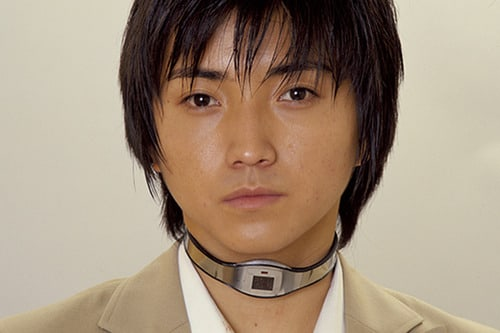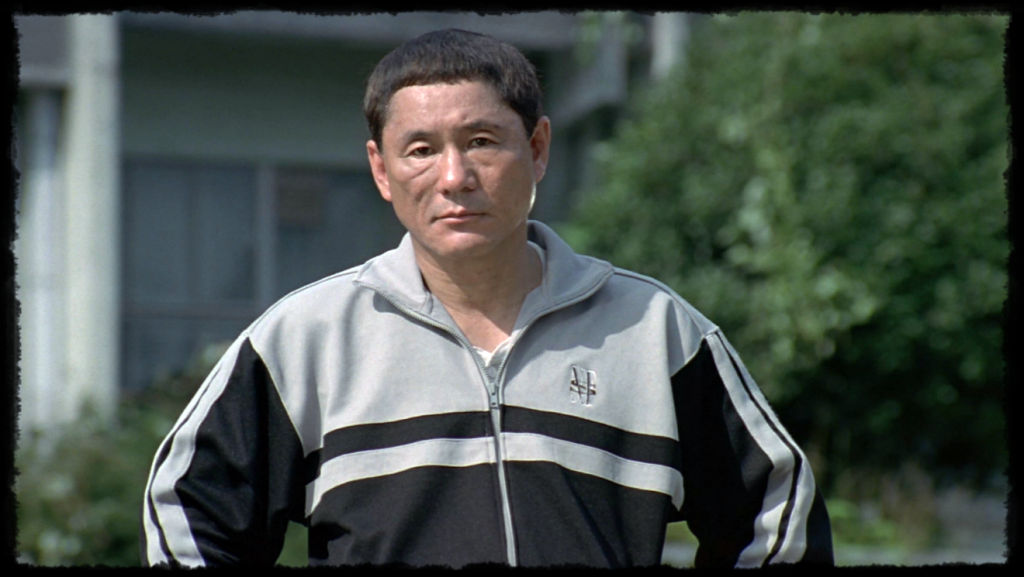Research Task
Screenplay layout practice
Inspiration films (secondary research)
http://asianwiki.com/Inseparable_Bros
Brothers (but not through blood) look after each other and meet a girl who does not judge them, even though others do because of one brother's physical disability.
https://en.wikipedia.org/wiki/The_Beauty_Inside_(2015_film)
"One fateful day, on his eighteenth birthday, Woo-jin wakes up to see a face and body that is not his own. He is very shocked and confused, he confronts his mother with his new appearance and she is also shocked but tearfully accepts him for who he is. With the help of his mother (Mun Suk) and his best friend (Song-beck), Woo-jin is able to cope with his strange condition".
https://www.imdb.com/title/tt0110737/?ref_=ttls_li_tt
Only You is about a woman who believes in soulmates and wants to find the perfect match (after her friend tricks her when they are young).
https://www.shakespeare.org.uk/explore-shakespeare/shakespedia/shakespeares-plays/romeo-and-juliet/
The classic story about soulmates who cannot be together (mirroring the idea of my protagonist already being in a relationship).
Narrative
3 Act Structure
What is meant by the 3 act structure
The 3 act structure is used in narrative fiction that divides a story into three parts. Often called the Setup, the Confrontation and the Resolution.
Act 1 - Setup: Exposition, Inciting Incident, Plot Point One
Act 2- Confrontation: Rising Action, Midpoint, Plot Point Two
Act 3- Resolution: Pre-Climax, Climax, Denouement
Act 1 - Setup
Despite being one of three sections in a plot, Act One typically lasts for the first quarter of the story. Act One is all about setting the stage: readers should get an idea of who your protagonist is, what their everyday life is like, and what’s important to them. In The Wizard of Oz, Dorothy’s home life in Kansas forms the bulk of the exposition.
Act 2 - Confrontation
Typically the longest of all three sections: Act Two usually comprises the second and third quarters of the story.
Act 3 - Resolution
The final act typically takes up a quarter of the story — sometimes less. Act Three starts with the final clash between the protagonist and the antagonist.While on the way to the Wicked Witch’s castle, Dorothy is captured. The Witch finds out that the ruby slippers can’t be taken against Dorothy’s will while she’s alive, so she sets an hourglass and threatens that Dorothy will die when it runs out.
What is the classical Hollywood Narrative / realistic narrative
The idea of classic Hollywood narration derives from The Classical Hollywood Cinema (1985), by David Bordwell, Janet Staiger and Kristin Thompson and they said that there is a beginning (equilibrium) a disruption (disequilibrium) and resolution (reestablished equilibrium) in most classic Hollywood films.
Case Study - Battle Royal
Who are the main character (up to 5) and what is their:
Name, gender and age
Role
Dramatic Motivation

Shuya Nanahara -
He is a 14 -15 year old male. He is the main character in the film and his dramatic motivation is that he wants to protect Nakagawa as he loves her.

Noriko Nakagawa -
She is a 14 - 15 year old female. She is also the main character, her role is to help keep both herself and Nanahara alive. Her dramatic motivation is that she wants both her and Nanahara to survive.

Shogo Kawada -
He is around 18 years old, and a male. His role is to make sure that Nanahara and Nakagawa survive. His dramatic motivation is to find out what Keikos last words meant.

Kazuo Kiriyama -
He is around 18 years old, and a male. His role is to kill everyone. His dramatic motivation is to be the last surviving.

Kitano -
He is around 53 years old and a male. His role is that he is the teacher of the class and is the administrator of the Battle Royale program. His dramatic motivation is that he wants to have a better relationship with his daughter.
What genre is the film? What themes does the film exemplify?
The genre of the film is thriller, and also drama. This is shown throughout the film in various ways, for example, sometimes a character will just appear and kill someone, this give the film a thriller theme as the audience never knows when or where a character will appear from. Also it’s a drama due to the fact that sometimes the characters will just talk to each other for a couple of minutes without any action.
What happens in each of the three acts? Can you apply the realist/Classical Hollywood narrative to this film?
Start
At the start of the film we see text explaining what the Battle Royale program is and why it’s in place, and then we see the survivor of the last Battle Royale, who was a girl. Also at the start of the film we see Nanahara find his father who had hung himself. We also see Nobu cut Kitano which is where the problem is first introduced in reference to the Classical Hollywood narrative.
Middle
In the middle of the film we see all the students get individual bags, which contain things to help them survive - such as, weapons, food and water. They are then sent out into the island where they have to kill each other and the last survivor wins. In reference to the Classical Hollywood narrative they try to work on the problem by Nanahara and Nakagawa working together with Kawada to try and work out how to escape
End
The ending follows Nanahara and Nakagawa as they walk around the city, trying to cover their faces, and look natural as now that they aren’t part of the Battle Royale program they are wanted for murder and so they are just trying to live their lives without getting caught by the police.
How does this film differ, in regards to narrative, to ‘typical’ western films and TV shows? Think about characters, dialogue and narrative structures.
This film differs from typical western films/TV shows due to the fact that it’s over dramatic, where as western films/TV shows, such as Sherlock, are only dramatic when it needs to be. Also with Battle Royale most of the dialogue spoken between the characters is quite straightforward, but in Sherlock it isn’t as straightforward. Furthermore the characters in Battle Royale are different to those in Sherlock as we learn more about the actual characters in Sherlock where as, in Battle Royale you don’t get a lot of background story of the main characters. With Sherlock the story is straightforward, whereas Battle Royale it sometimes cuts to flashbacks and so the audience has to pay more attention in order to understand what’s going on in the film.

